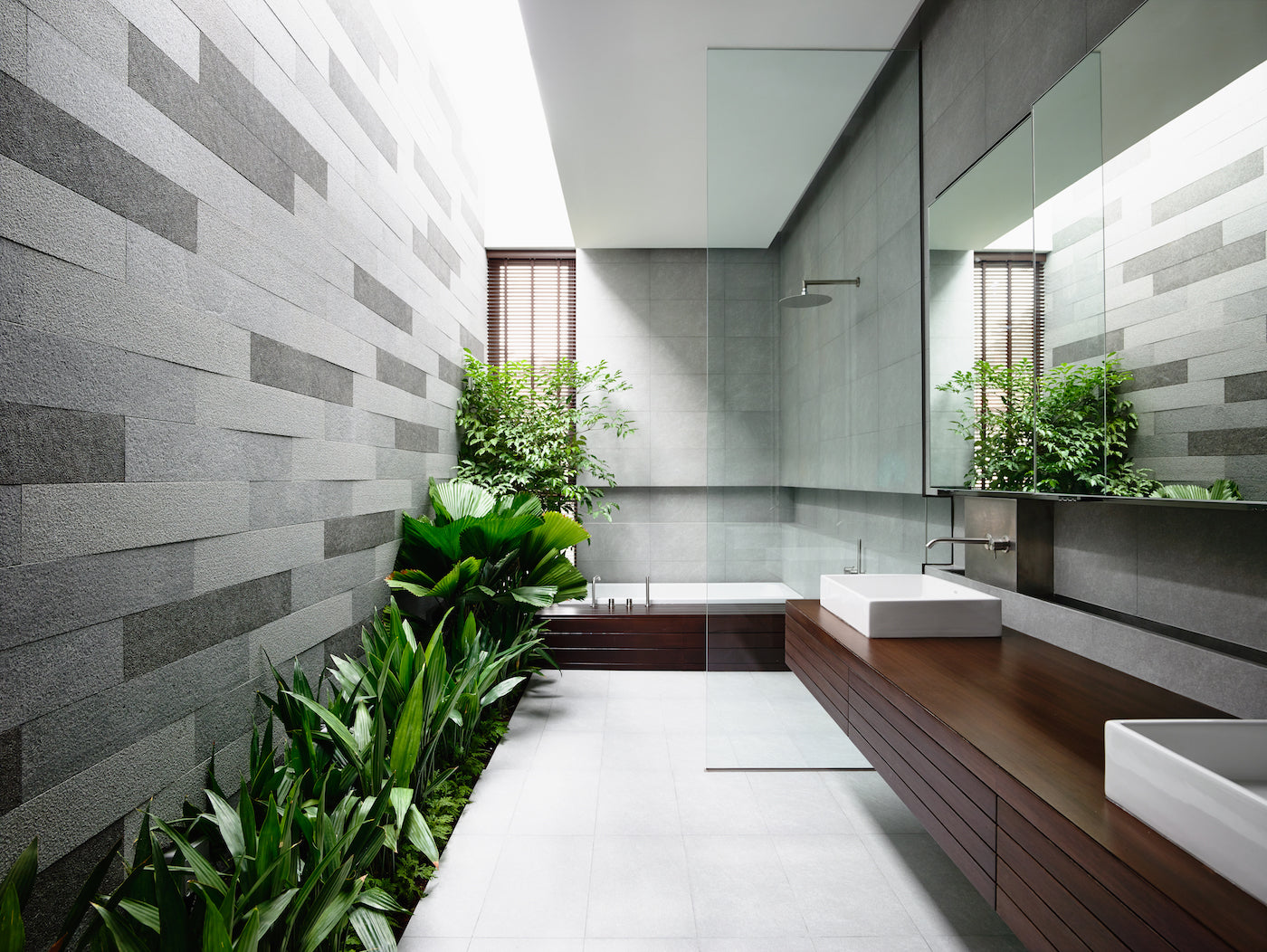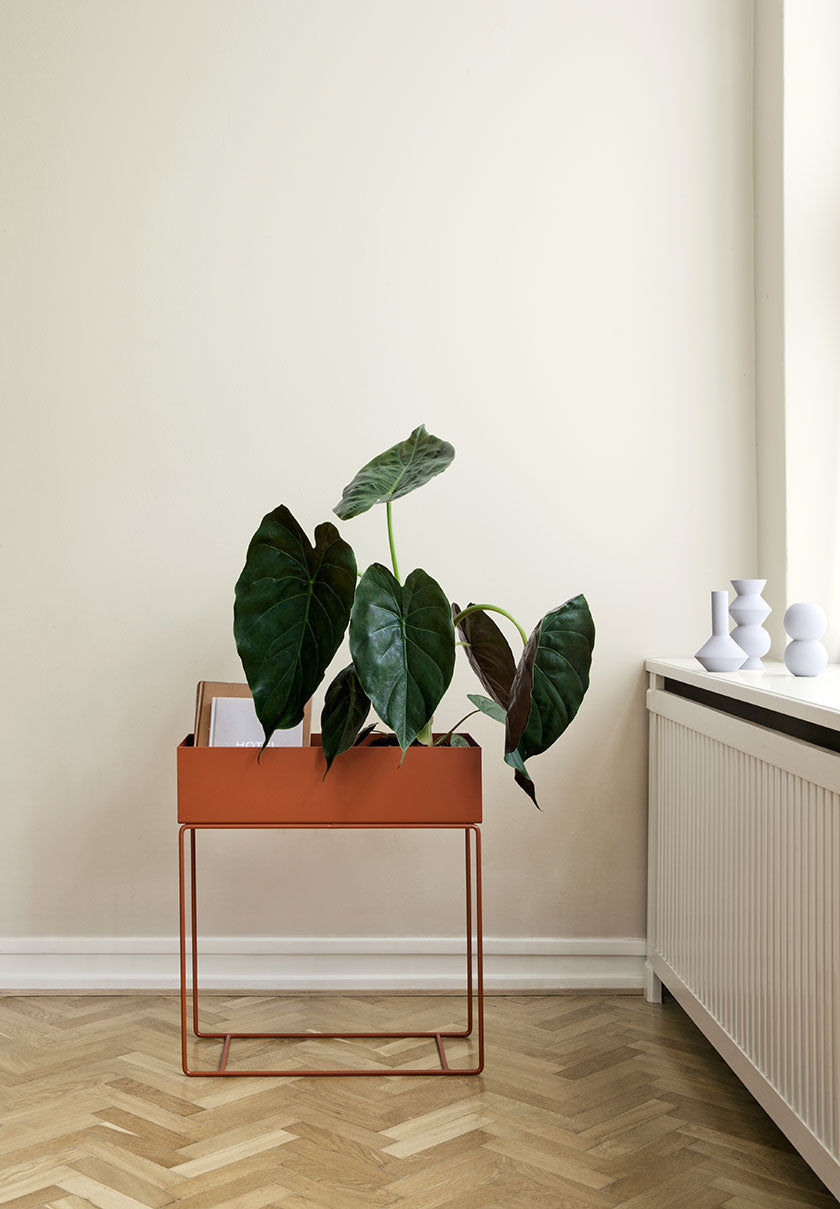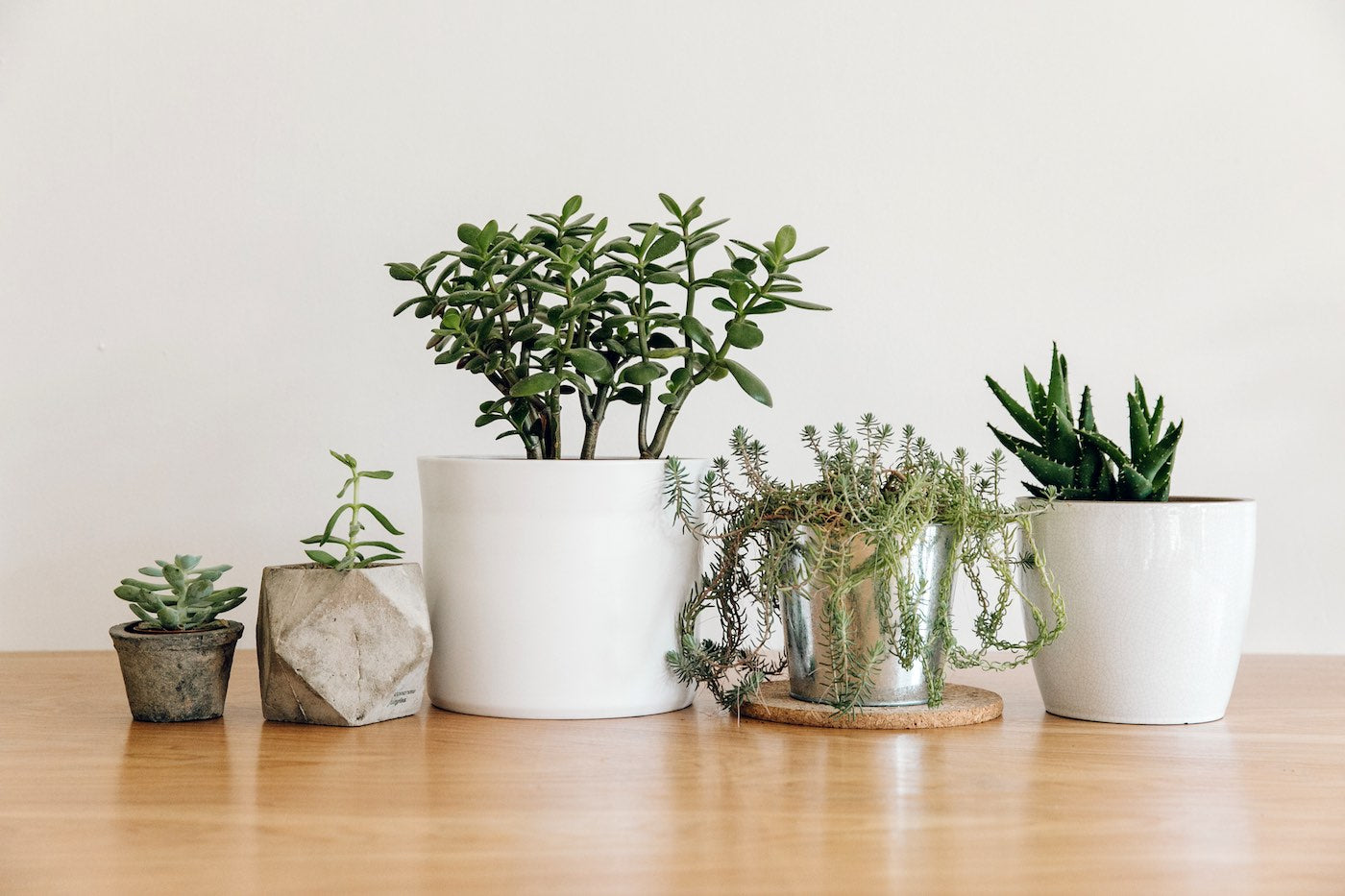Your Cart is Empty
Buy a book, plant a tree.
4 Tips for Keeping Houseplants Alive

There is nothing like a fresh shock of green to breathe life into an interior. From gentle ferns to broad-leafed fig trees, an endless number of nature’s own creations are happy to find a home in a residential garden — or in a cozy reading nook. Plants lend their distinct silhouettes, rich coloration, and irregular patterns to break up the straight lines and formal visual divides that dictate an interior and its boundaries. Their luscious textures add a sense of depth to an interior.

Plants are also easy to move around and rearrange as old furniture is replaced with newer additions. Indeed, bringing nature into our homes is an interior design trend that will never die. Unlike furniture, however, a houseplant can be a fickle friend. Find our four tips for keeping your houseplants alive below.
And don't forget to explore the pleasures of a life lived alongside greenery in our classic title Evergreen.
CHOOSE THEM CAREFULLY
While it may seem obvious, choosing your plants is half the battle in keeping them alive. It’s tempting to stroll through the aisles of a nursery and freely choose what one finds the most beautiful, most impressive, and most exotic, but remember to do your homework before you embark on a shopping trip.

Start by assessing your home to determine the areas that would benefit from a fresh greenery. Take note of the room’s layout and features: plants that prefer somewhere cold and moist will wilt near a heating vent, for example. If there’s a specific plant or flower that you’re after, read about its needs before setting foot in the nursery, and consider bringing pictures of where you would like to place the plant in your home: the specialists at the store are your best bet for a quick assessment to figure out whether or not a good plant is a good fit.
KEEP IT HOT OR LET THEM CHILL OUT
When it comes to temperatures, not all plants are created equally: tropical plants need tropical environments and so on and so forth. That said, there are a number of guidelines that come into play when trying to keep your plants alive.

First, avoid drafty corridors or windows that open and close often, as the temperature in flux will tamper with a plant’s health. Avoid air conditioners or space heaters as well, as the intense temperatures will shock a plant’s system as well. Finally, pay attention to the moisture in the air—in dryer seasons, feel free to mist your plants’ leaves to keep them fresh and fit.
HELP THEM FIND THEIR LIGHT
Each and every plant has a unique set of needs, and finding the perfect lighting is both one of the most important and the most tricky setups to engineer. Just as one might decorate their living rooms with lamps to strategically illuminate the corners where windows let in less natural light, the placement of plants is another careful consideration to make when mapping out any room.

Are your plants part of the low-to-the-ground underbrush when in the wild or do they grow tall and stable alone in the desert with few obstructions? It’s different for each plant: fig trees, for example, thrive in direct sunlight, whereas shy vines often prefer lower, more gentle light away from windows. Online resources can offer insight into what lighting conditions work best for a plant, but the best advice is to experiment with the space.
Move a drooping plant or one with faded leaves to a new spot in the room, wait a few days, and try again if the problem persists. Check in on your flora every few months — differences in seasonal daylight mean that some plants prefer to be rotated throughout the house as lighting conditions change over the course of the year.
GIVE THEM ROOM TO BREATHE
Be sure that your potted plants have ample opportunities to release excess moisture—in many cases including succulents and herbs, waterlogged roots can kill a plant more quickly than dehydration. Check your ceramics, terracotta wares, and plastic pots for drainage holes at the bottom, and find a matching saucer to catch the water that spills out—adding a layer of pebbles or marbles can also allow ample space for the roots to dry.

Be sure to watch your plants’ growth as well: as their stems, stalks, and foliage expand, so do their root structures. Keep them trimmed to prevent overgrowth, or find a larger pot and any stakes or supports necessary and let your plant grow into its new home.
Make sure to also read our interview with photographers India and Magnus of Haarkon. They have traveled across Europe in search of the most beautiful greenhouses.